Stop Just “Recording” – Let AI Take the Wheel in Fleet Safety!
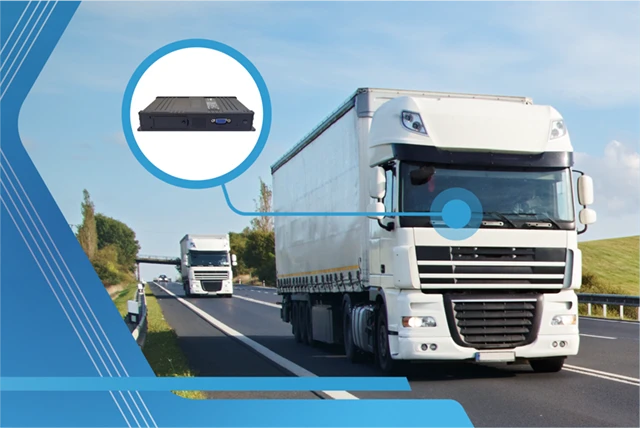

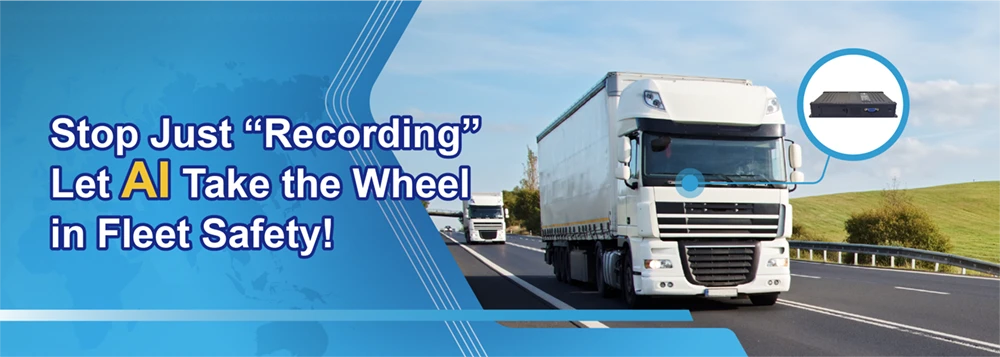
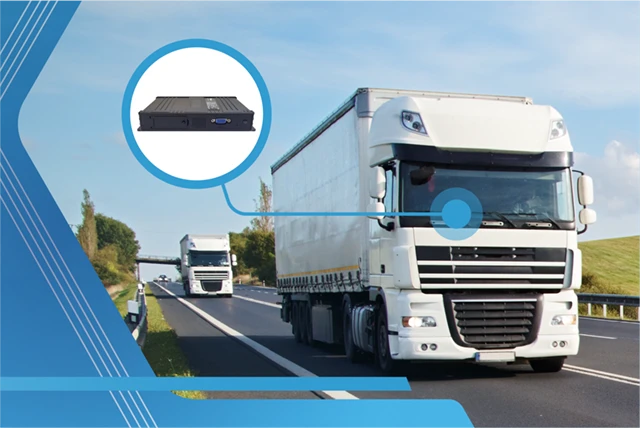
In recent years, Artificial Intelligence (AI) has become a keyword across industries. From smart manufacturing to transportation, AI applications are quietly changing people’s way of life. In the field of driving safety, AI technology transforms passive “video recording” into proactive “safety management.” Today, many vehicles are equipped with dashcams, but they can only replay footage after an incident occurs. AI, however, can detect risky driving behaviors in real time, sending alerts to both drivers and managers before an accident happens—turning “post-incident review” into “real-time prevention.”
AI Digital Enforcement Is Taking Shape
As road safety becomes increasingly important, the government is rapidly moving toward AI and smart traffic monitoring to improve enforcement efficiency. The Road Transport Department (JPJ) has announced plans to strengthen digital enforcement and explore AI-based traffic violation detection. The Malaysian Highway Authority (LLM) is also considering the full adoption of ARIDS (Automatic Incident Detection System) to accelerate accident reporting and response time.
Malaysia Government AI Traffic Monitoring Illustration
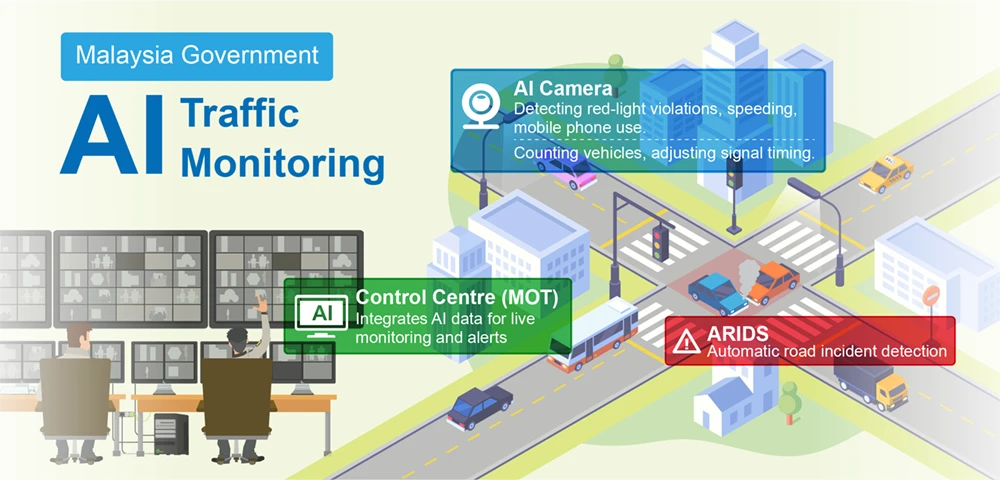
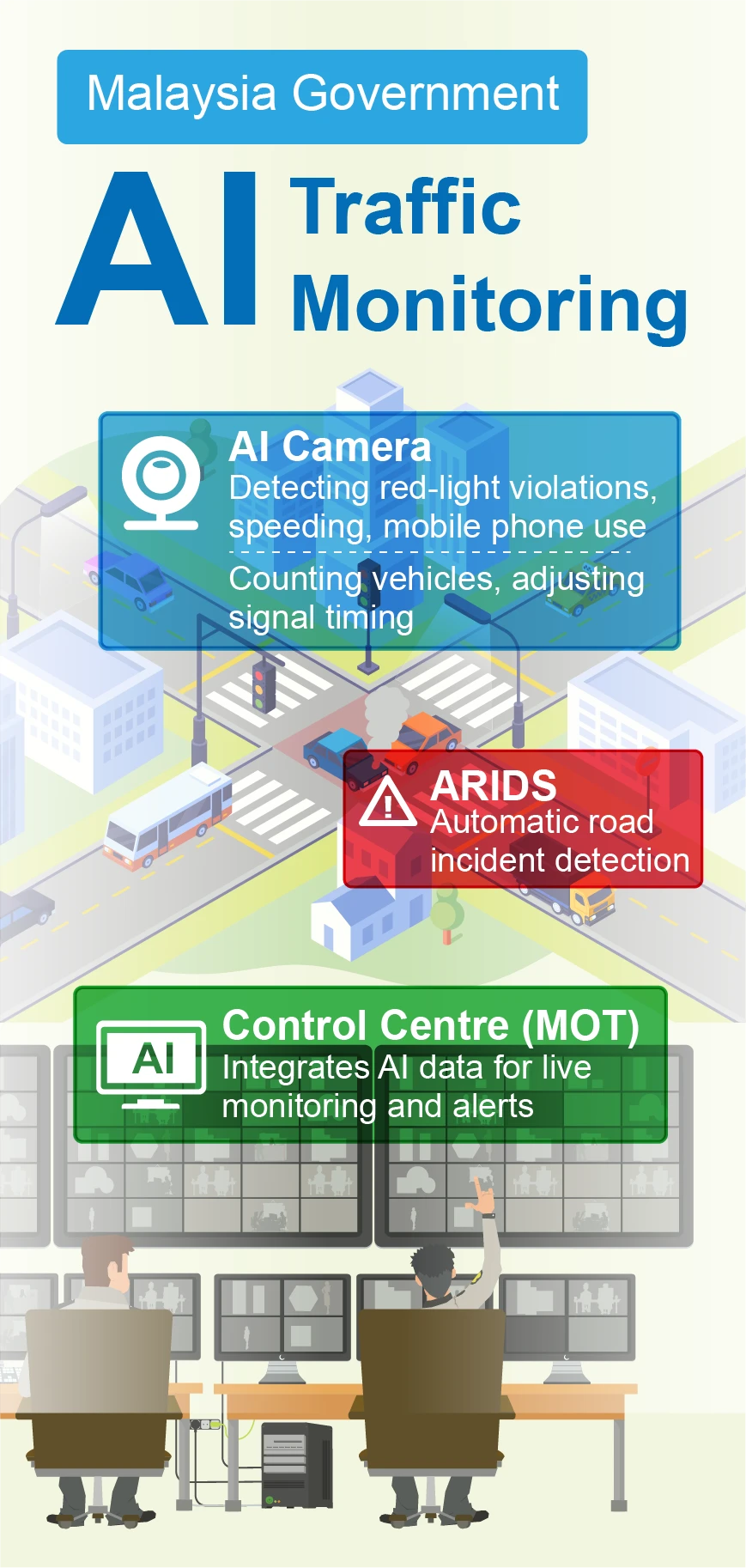
References: JPJ, LLM, MOT, The Straits Times, Malay Mail (2024)
These actions send a clear message: AI is gradually becoming the core technology of government management and monitoring. For businesses, continuing to rely on traditional recorders and manual supervision could result in falling behind in compliance, risk control, and competitiveness.
Don’t Fall Behind: 3 Steps to Catch Up with the AI Safety Management Trend
So how can corporate fleets, safety management, and operational models upgrade to avoid being left behind by this transformation?
1.Review Your Existing Safety System and Digital Foundation
Start by understanding your current fleet management situation. For example, have you implemented a digital fleet management system? How do you currently manage driver behavior? Having a clear picture of your existing system helps determine where to begin upgrading.
1.Review Your Existing Safety System and Digital Foundation

Eup Fleet Management System integrates driving routes and video data, helping enterprises gain full visibility of vehicle operations.
2.Introduce AI Driver Monitoring
Upgrade to an AI-powered MDVR, which features a built-in DMS (Driver Monitoring System) capable of detecting fatigue, distraction, or phone use in real time. It actively alerts the driver and sends warning events back to the management platform. Companies can start by piloting with high-risk or long-haul vehicles before expanding implementation across the fleet.
2.Introduce AI Driver Monitoring

Eup AI MDVR combines video upload and AI facial recognition to detect driver fatigue and distraction, automatically sending event alerts
3.Build a Data-Driven Management System
By combining data from the fleet management system with AI video analysis, companies can gain deeper insights into both vehicle and driver risks. This enables the establishment of comprehensive driver evaluation, training, and incentive systems.
3.Build a Data-Driven Management System
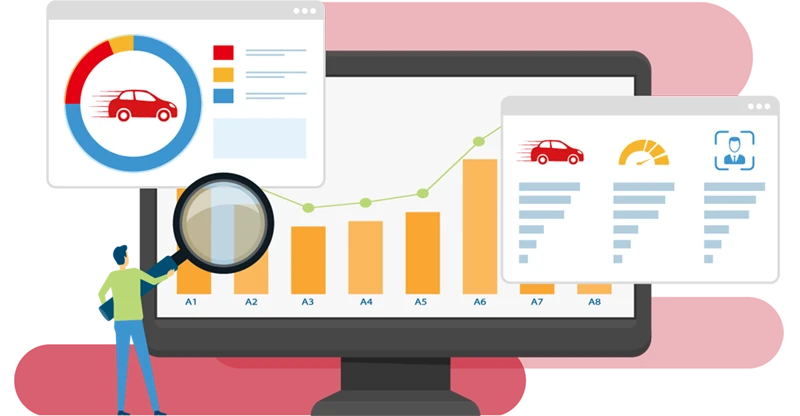
Eup Fleet Management System generates both text and visual reports, using data insights to help companies establish a
The government’s AI policy is only the beginning. If companies choose to remain passive, they may soon face outdated equipment, noncompliance with regulations, and rising insurance or operational costs. Shifting from “post-incident handling” to “preventive management” can strengthen safety control, reduce accident losses, and enhance overall efficiency. Implementing AI driver monitoring marks the starting point for enterprises to achieve safer and more efficient operations.






